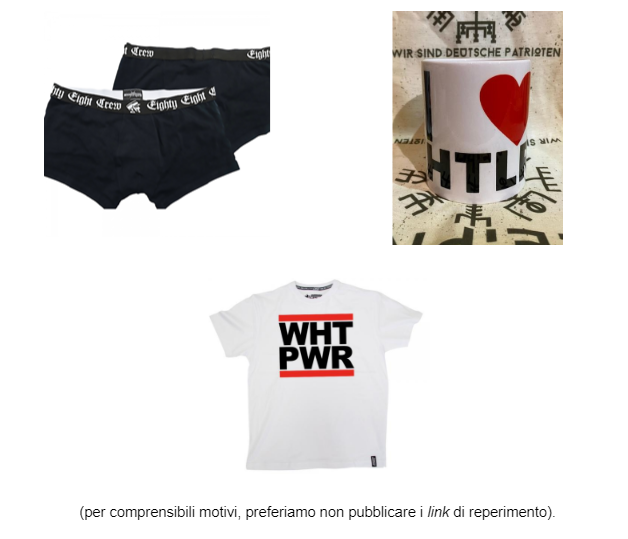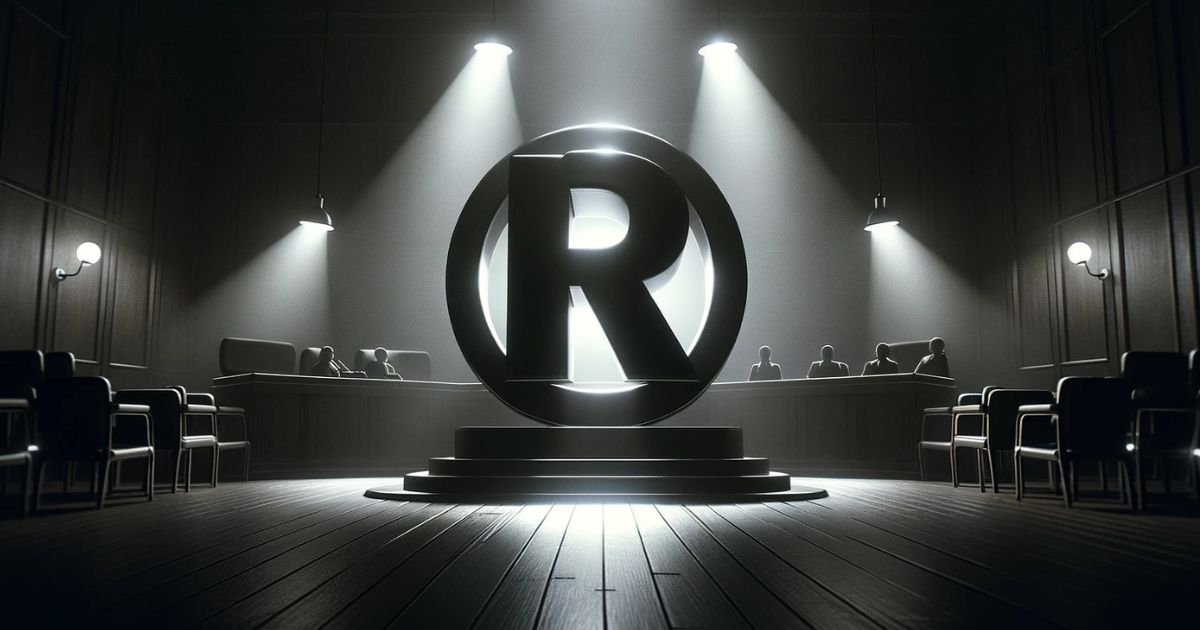As intellectual property becomes increasingly intertwined with ethical and legal issues, registering trademarks that flirt with the limits of public policy and morality poses a complex challenge for professionals and businesses. This article delves into the mechanics and implications of this procedure in today’s legal landscape.
Trademarks contrary to public order
After a little while, I am back to put pen to paper, and I am once again going to address one of the topics that I have always felt most challenging, namely that of trademarks and their potential violation of the law, public order and morality.
Yet this time, we will look at the whole phenomenon from a different perspective than usual.
To some extent, we live in a historical period full of excesses and extremism, with many nostalgically nodding to a few controversial “old fashioned” ideologies. Hence, it is somewhat “understandable” (though not acceptable) that some entrepreneurial fringes try to ride on these market waves as well.
Not to mention the cases, censurable tout court, in which certain words and symbols would like to be brought back in fashion for deplorable socio-political purposes.
Swastikas and other 'illicit symbols'
Well, there are some trademarks (mostly de facto) that exploit specific communicative “codes” through which one would like to bypass the ban on the use of symbols, slogans, names and words that refer to outlawed ideologies and/or political movements.
One thinks, for instance, of the wording “HKNKRZ” used to mark clothing and objects of various kinds while recalling the “Hakenkreuz“, or the (Nazi) swastika.

Some of you will not have failed to notice how the trademark printed on the above sweatshirt echoes the logo of Run DMC, an American (black) hip hop group active between 1983 and 2002: further attempt at camouflage or additional mockery?
Intercepting these deception codes is, sometimes, nearly straightforward: just think of the wording “WHT PWR” to evidently allude to “White Power“, or of the contraction “FCK” to avoid the vulgar “Fuck” in its entirety.
Other times, however, even for trademark and patent offices, spotting the wrinkle may not be so easy. Some examples:
- “88” instead of “Heil Hitler” (the “H” is the eighth letter of the alphabet);
- using the same type of encoding, “18” stands for “Adolf Hitler“;
- again, “311” alludes to three times the eleventh letter of the alphabet (which is the “K“), and thus to the Ku Klux Klan.
The reaction of the Patent and Trademark Offices
The trademark and patent offices of various countries are rightly cracking down on this trend, but succeeding in inhibiting the registration of these symbols does not go hand in hand with blocking their actual use.
No wonder, a quick browse online reveals the persistent de facto spread of some of these questionable distinctive signs:

Well, to counter this phenomenon, the German advertising agency Jung von Matt and the anti-fascist association Laut gegen Nazis decided to register these signs, so that they could then take action against counterfeiters.
Thus, for example, the trademark “VTRLND‘”(No. 018796698) was filed and registered at European Union level to prevent neo-Nazis and, more generally, ultranationalists from using the term ‘Vaterland’ (“Fatherland“) in a xenophobic key.
On the basis of the same strategy, an application was also filed for registration of the Community trademark “HKNKRZ“(No. 018558068), filed for the potential marking of – among other things – clothing.
On this occasion, however, the sign was refused by the EUIPO on the grounds of violation of Article 7 of the Community Trade Mark Regulation, in particular the provision that “1. Excluded from registration are … (f) trademarks contrary to public policy or morality“, even though “2. … grounds for refusal exist only for a part of the Union“.
Implications for entrepreneurs and professionals
The Office inevitably pointed out that the wording “HKNKRZ” is only apparently harmless: apart from the removed vowels, it alludes to the “Hakenkreuz“, i.e. the (Nazi) swastika.
So what is the (general) lesson? What entrepreneurs, professionals and economic operators in general must bear in mind is that while the Courts, in some circumstances and within certain limits, make assessments in which the underlying motives for a particular use may be important, the Trademark and Patent Offices – when filing a distinctive sign – carry out an examination that focuses primarily on the abstract appropriateness and lawfulness of the sign.
It is therefore understandable how crucial it is to select upfront a sign that is both strong (in the technical-legal sense of the term) and indisputable, in order to avoid wasting time and money trying to overcome annoying objections from the Offices, or worse, having to give up one’s own filing.
© Canella Camaiora S.t.A. S.r.l. - All rights reserved.
Publication date: 7 February 2024
Last update: 7 May 2025
Textual reproduction of the article is permitted, even for commercial purposes, within the limit of 15% of its entirety, provided that the source is clearly indicated. In the case of online reproduction, a link to the original article must be included. Unauthorised reproduction or paraphrasing without indication of source will be prosecuted.

Daniele Camaiora
Daniele is one of the founding partners of Canella & Camaiora. In 2004/2005 he completed a Master of Laws in Intellectual Property at the Università di Torino and the WIPO Academy, obtaining First Class Honours with distinction. Today he is in charge of the firm’s contentious litigation work.
